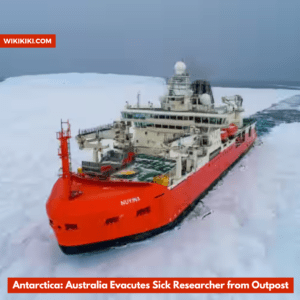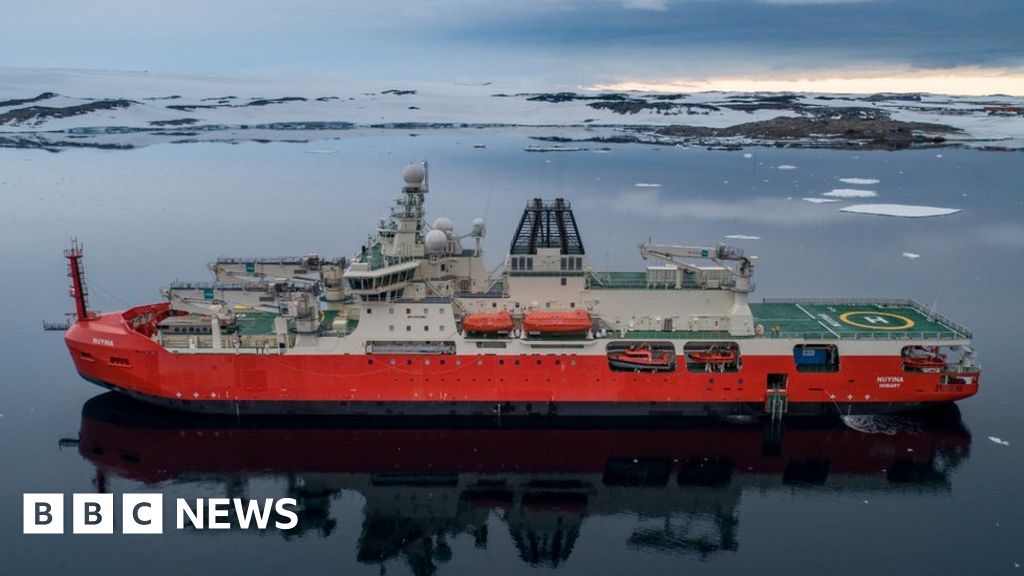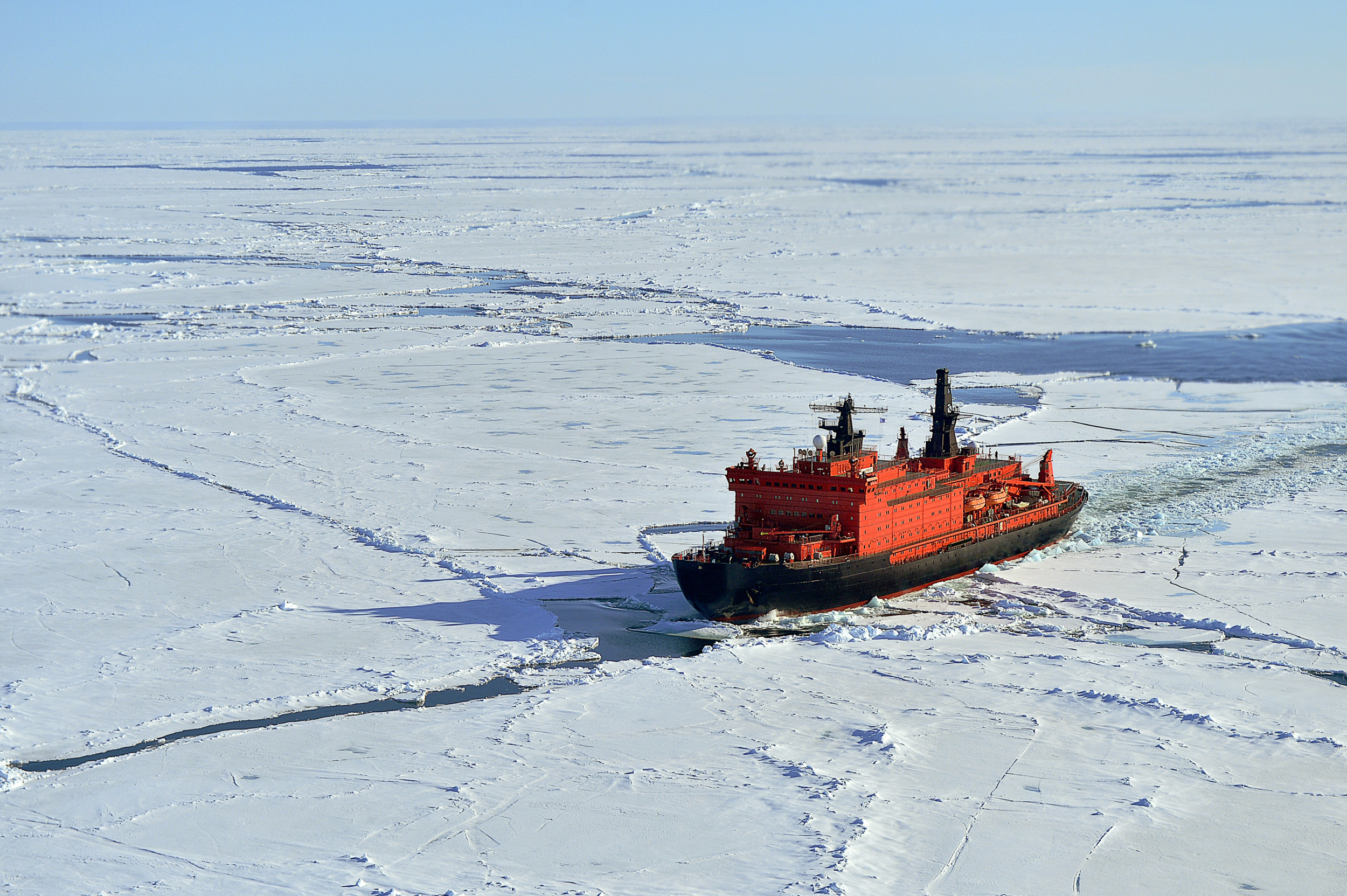Australia has successfully evacuated a sick Antarctica researcher from a remote outpost on the icy continent. The urgency of the rescue activity was increased because of the researcher’s undisclosed developing medical condition, which required medical attention.
This rescue mission, which unfurled against the background of quite possibly of the most cold region on The planet, required meticulous planning, a dedicated medical retrieval team, a massive icebreaker ship, and the deployment of two helicopters. The researcher is now en route to Tasmania, where they will receive specialist assessment and care.

Also Read: Burning Man Festival: 70,000 People are Stranded due to Heavy Rains
The rescue operation started last week when it became clear that the sick researcher’s condition was deteriorating rapidly.
The harsh Antarctic conditions, including extreme cold, isolation, and limited medical facilities, posed a severe threat to the researcher’s life. Australia’s Antarctic Program (AAP) swung into action, understanding the gravity of the situation.
The essential life saver for this rescue mission was the RSV Nuyina, an icebreaker ship that embarked on an extraordinary journey covering more than 3,000 kilometers (1,860 miles) to reach the Casey research station where the researcher was stationed.
The vast distance and treacherous icy waters made this part of the operation a formidable challenge. The ship’s arrival at the station marked a crucial step towards ensuring the researcher’s safety.
With the icebreaker transport in vicinity to the Casey research station, the next phase of the mission included conveying two helicopters, each conveying a specialized medical retrieval team.
Also Read: Typhoon Haikui: More than 4,000 People were Evacuated
These helicopters were tasked with safely transporting the sick researcher from the remote outpost to the waiting RSV Nuyina. This step was essential because medical facilities at the Casey research station were extremely limited, making it imperative to get the researcher to more comprehensive medical care.
Working in Antarctica, particularly during its unforgiving winter months, presents a unique set of challenges.
The extreme cold, with temperatures plunging to as low as minus 30 degrees Celsius (-22 Fahrenheit), coupled with sudden blizzards and gale force winds, makes any rescue operation a high-stakes endeavor. Moreover, the limited daylight hours during the Antarctic winter further exacerbated the difficulties.
One could ask why an air evacuation wasn’t considered. Antarctica does have runways, including the Wilkins aerodrome near Casey. However, these runways are often unusable during the harsh winter due to the thick sheets of ice that cover them.
Preparing these runways for use would take weeks, a time frame that the deteriorating health of the researcher simply could not afford. Therefore, the decision to send the icebreaker ship proved to be the quickest and most viable option.
Also Read: Iceland Resumes Whale Hunting under Strict Rules
The security and safety of the researchers were vital all through the whole effort. The AAP avoided potential risk to guarantee the successful evacuation and safe return of the researcher to Tasmania, where specialist medical care awaited.
The family of the expeditioner was kept fully informed of the situation, providing them with the reassurance that their loved one was receiving the necessary medical attention.
Australia’s obligation to the safety of its researchers in Antarctica was evident through the rigorous medical examinations conducted before deployment.
These comprehensive medical assessments are essential to identify any pre-existing conditions that might become critical in the harsh Antarctic environment. This proactive approach helps mitigate risks and ensures that expeditioners are well-prepared for the challenges they may encounter.
The success of this mission can be credited in no small part to the icebreaker ship RSV Nuyina. Equipped with advanced icebreaking capabilities and a specially designed medical facility, the Nuyina played a pivotal role in ensuring the researcher’s safe evacuation. Its ability to navigate through treacherous icy waters and break through sea ice proved indispensable.
Also Read: Rare Blue Supermoon Lights Up Skies Around the World






















